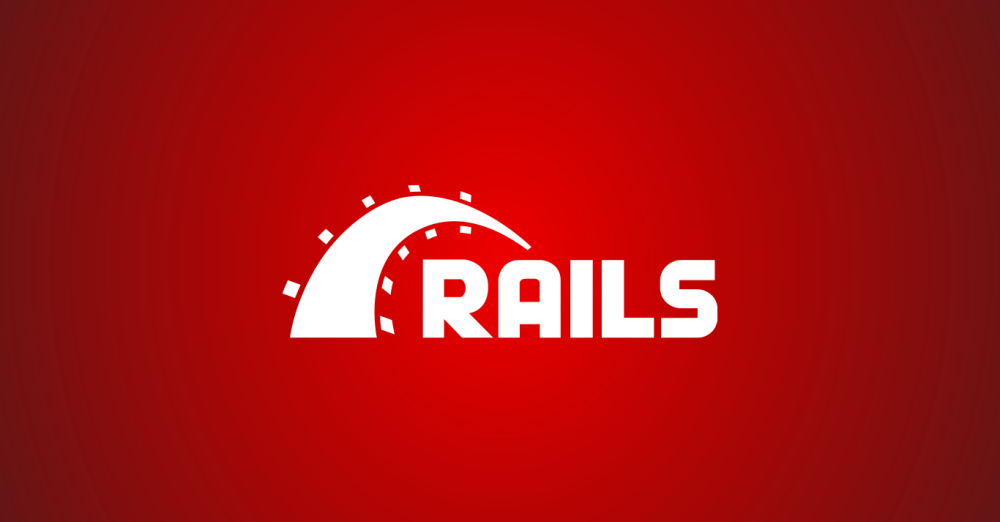Saying Hello World with Ruby On Rails

Intro
As an SRE engineer, you have to approximate the Developer Teams talking in the same language. I mean their code language. So to understand and know how difficult it is to build and debug software applications, you need to code.
Ruby is one of the most popular programming languages, and if you want to get started with Ruby, here I show you some basic steps to help you in this journey.
Getting Started with Ruby
One of the first things you need to do when learning a programming language is to create a Hello World code. I will explain how to do that in diverse ways in the following lines.
Installing Ruby
For Ubuntu users I will install Ruby on Rails using this steps found out here
sudo apt install curl
curl -sL https://deb.nodesource.com/setup_lts.x | sudo -E bash -
curl -sS https://dl.yarnpkg.com/debian/pubkey.gpg | \
sudo apt-key add -
echo "deb https://dl.yarnpkg.com/debian/ stable main" | \
sudo tee /etc/apt/sources.list.d/yarn.list
sudo apt-get update
sudo apt-get install git-core zlib1g-dev build-essential libssl-dev \
libreadline-dev libyaml-dev libsqlite3-dev sqlite3 libxml2-dev \
libxslt1-dev libcurl4-openssl-dev software-properties-common libffi-dev \
nodejs yarn
Next we’re going to be installing Ruby using a version manager called Rbenv.
Installing with rbenv is a simple two step process. First you install rbenv, and then ruby-build:
cd
git clone https://github.com/rbenv/rbenv.git ~/.rbenv
echo 'export PATH="$HOME/.rbenv/bin:$PATH"' >> ~/.bashrc
echo 'eval "$(rbenv init -)"' >> ~/.bashrc
exec $SHELL
git clone https://github.com/rbenv/ruby-build.git ~/.rbenv/plugins/ruby-build
echo 'export PATH="$HOME/.rbenv/plugins/ruby-build/bin:$PATH"' >> ~/.bashrc
exec $SHELL
To install Ruby and set the default version, we’ll run the following commands:
rbenv install 3.0.3
rbenv global 3.0.3
ruby -v
gem install bundler
Installing Rails
gem install rails -v 7.0.0
rbenv rehash
rails -v
Say Hello World!
Using one command line
ruby -e "puts 'Hello world'"
Using Puts function
Code:
puts 'Hello world'
Run:
$ ruby hello-world.rb
Hello world
Using object oriented version
Create a file called hi.rb with the following content:
class HelloWorld
def initialize(name)
@name = name.capitalize
end
def sayHi
puts "Hello #{@name}!"
end
end
hello = HelloWorld.new("World")
hello.sayHi
Using Sinatra and puma
To run a hellow world as a webserver require use this following gems:
gem install sinatra
gem install puma
Then, create a file called hi.rb
require 'sinatra'
require 'puma'
get '/hi' do
"Hello World!"
end
And run it ruby hi.rb. You will see this result:
ruby hi.rb
(out) == Sinatra (v2.1.0) has taken the stage on 4567 for development with backup from Puma
(out) Puma starting in single mode...
(out) * Puma version: 5.5.2 (ruby 3.0.3-p157) ("Zawgyi")
(out) * Min threads: 0
(out) * Max threads: 5
(out) * Environment: development
(out) * PID: 51949
(out) * Listening on http://127.0.0.1:4567
(out) * Listening on http://[::1]:4567
(out) Use Ctrl-C to stop
Debug mode:
ruby --debug hi.rb
Test it via curl
curl -vs http://localhost:4567/hi
Use a container application
To containerize my “hello world” application, I created 3 files in addition to Dockerfile needed. Those files are:
- Gemfile
- config.ru
- app.rb
I uploaded those in this git repository: https://github.com/jenciso/ruby-helloworld. You only need to follow the instructions written on the README.md
